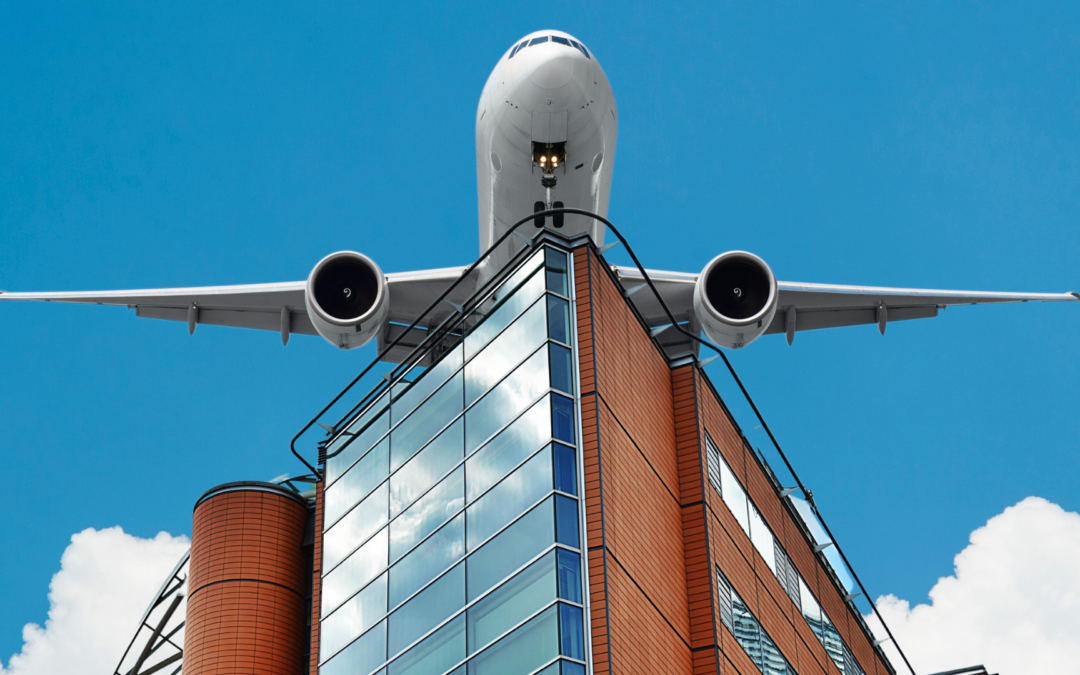The Federal Aviation Administration (FAA) recently cleared a pilot of wrongdoing in several alleged “buzzing” incidents over a Northern California neighborhood in July.
The FAA’s case was based on reports that a single engine Beechcraft Bonanza was seen flying low over a neighborhood belonging to the alleged pilots ex-girlfriend several times over a two-week period.
Nevertheless, unable to establish sufficient evidence to determine conclusively that the Bonanza’s pilot violated the minimum 1,000-foot AGL requirement when flying over a congested area, the FAA ended its investigation of the pilot and his actions.
The witnesses interviewed by the FAA were unable to consistently pinpoint the altitude at which the pilot was flying. Without any radar data to review, the FAA could not substantiate the allegations against the pilot and therefore was forced to close its case.
Federal Aviation Regulation 91.119 refers to minimum safe operating altitudes. That section explicitly states: Except when necessary for takeoff or landing, no person may operate an aircraft below an altitude allowing, if a power unit fails, an emergency landing without undue hazard to persons or property on the surface. However, over congested areas, no person may operate over any congested area of a city, town, or settlement, or over any open air assembly of persons, an altitude of 1,000 feet above the highest obstacle within a horizontal radius of 2,000 feet of the aircraft. Furthermore, over other than congested areas, no person may operate an aircraft below an altitude of 500 feet above the surface, except over open water or sparsely populated areas. In those cases, the aircraft may not be operated closer than 500 feet to any person, vessel, vehicle, or structure.
Furthermore, FAR 91.13 prohibits a person from operating an aircraft in a careless or reckless manner so as to endanger the life or property of another. The FAA has consistently taken the position that ANY violation of the FAR’s is a de facto “careless and reckless operation”. Though the tide may be starting to turn, historically the FAA has not been required to prove that the substantive violation was committed carelessly or recklessly, and that it actually endangered others. Proof of the substantive violation has been enough to establish an independent violation of FAR 91.13(a).
As a sole pilot at the controls of a general aviation aircraft, you are the pilot in command of that aircraft. Anything that happens during your flight will fall under your responsibility. If you were charged with an aviation related violation, you need the help of a competent aviation attorney immediately. Contact the aviation attorneys at The Trial Lab at (562) 452-9522 or visit our website at www.TheTrialLab.com today!

